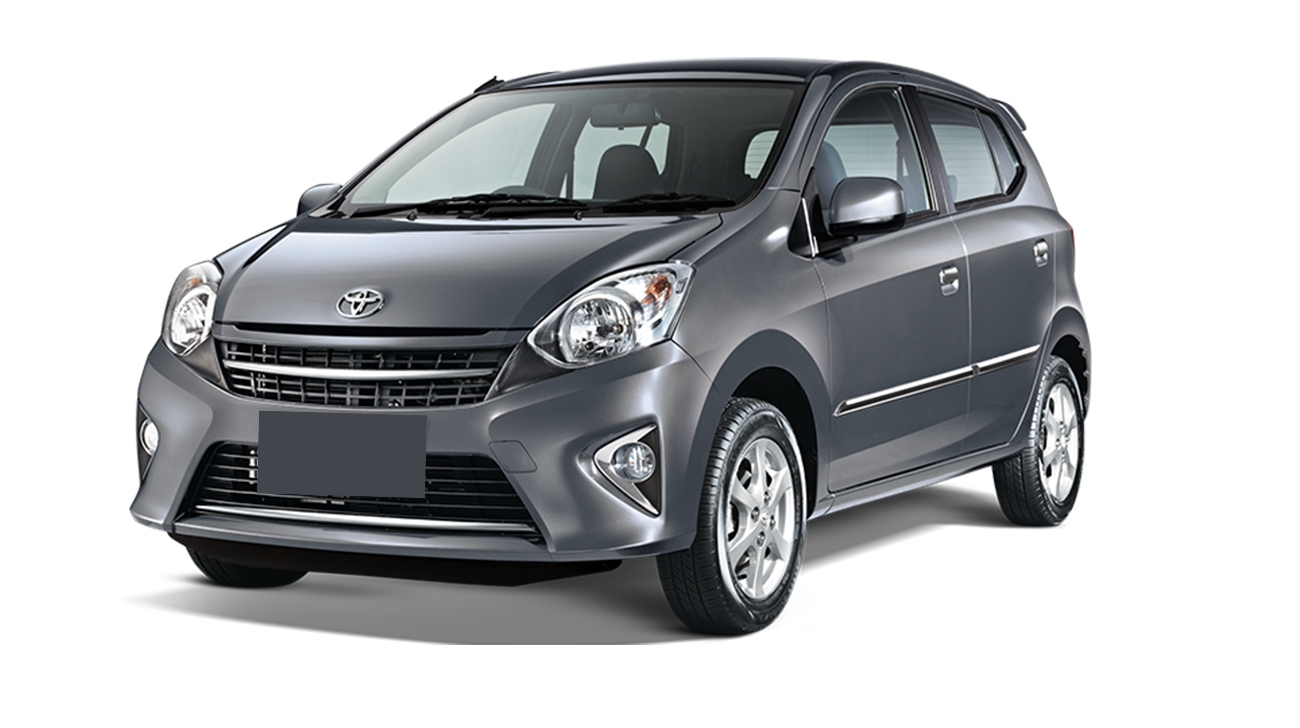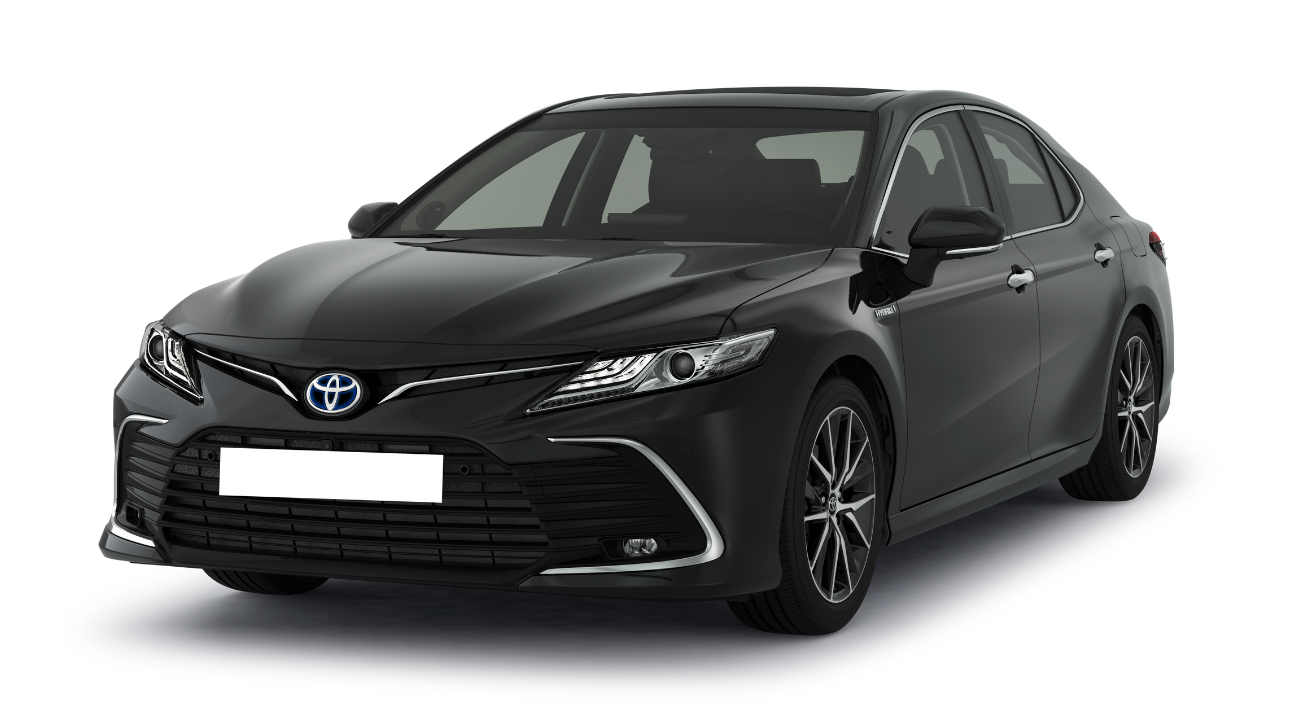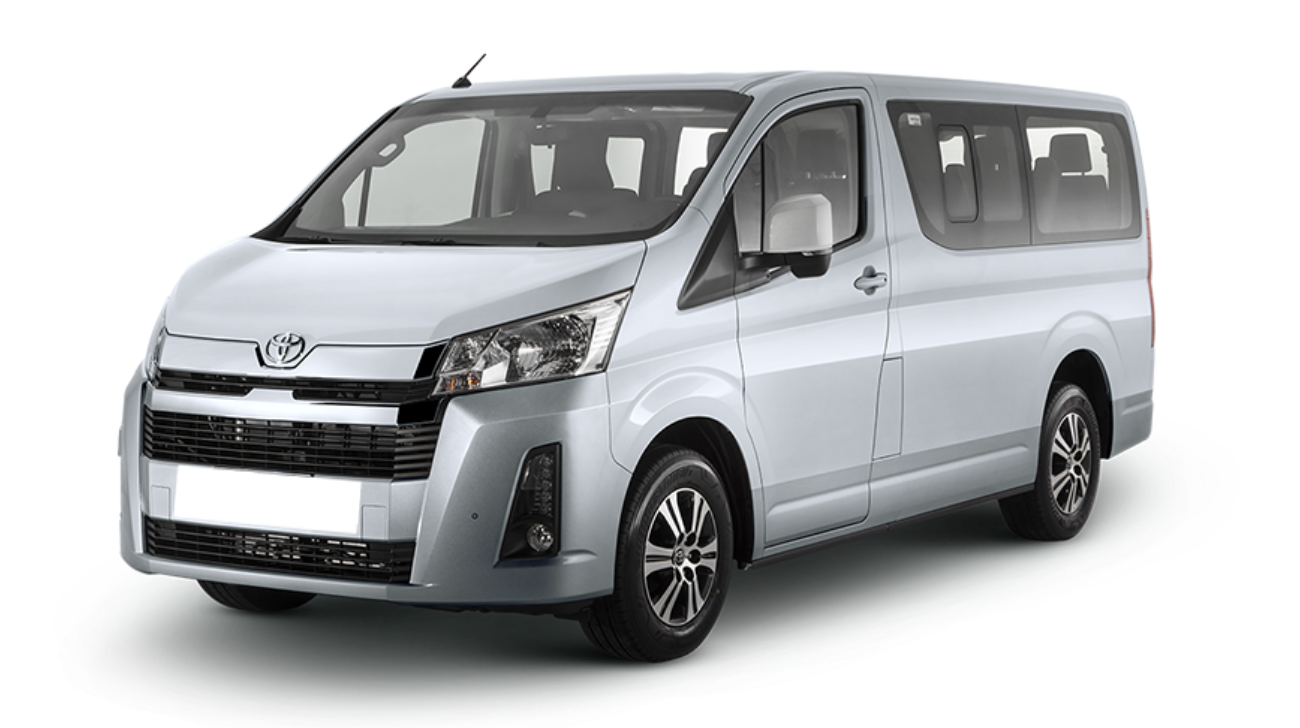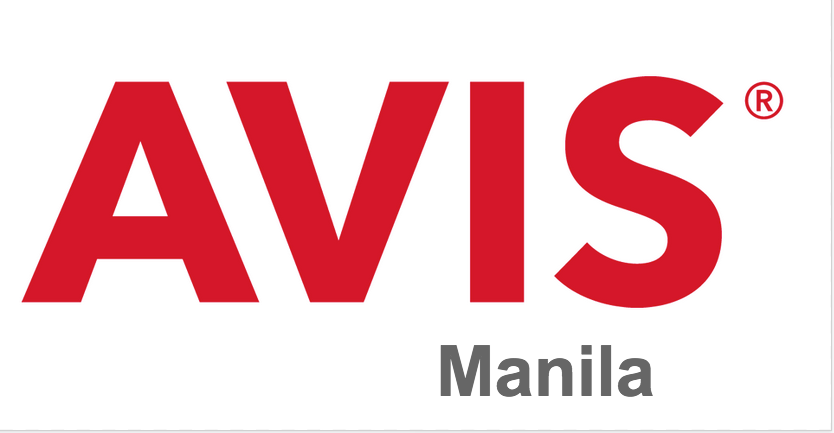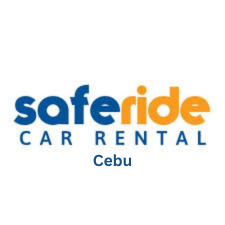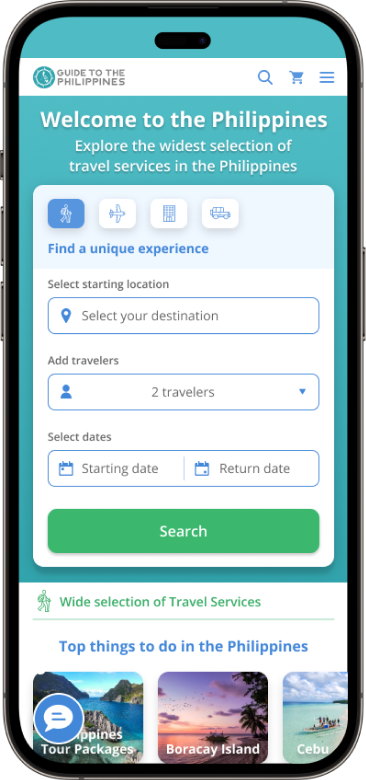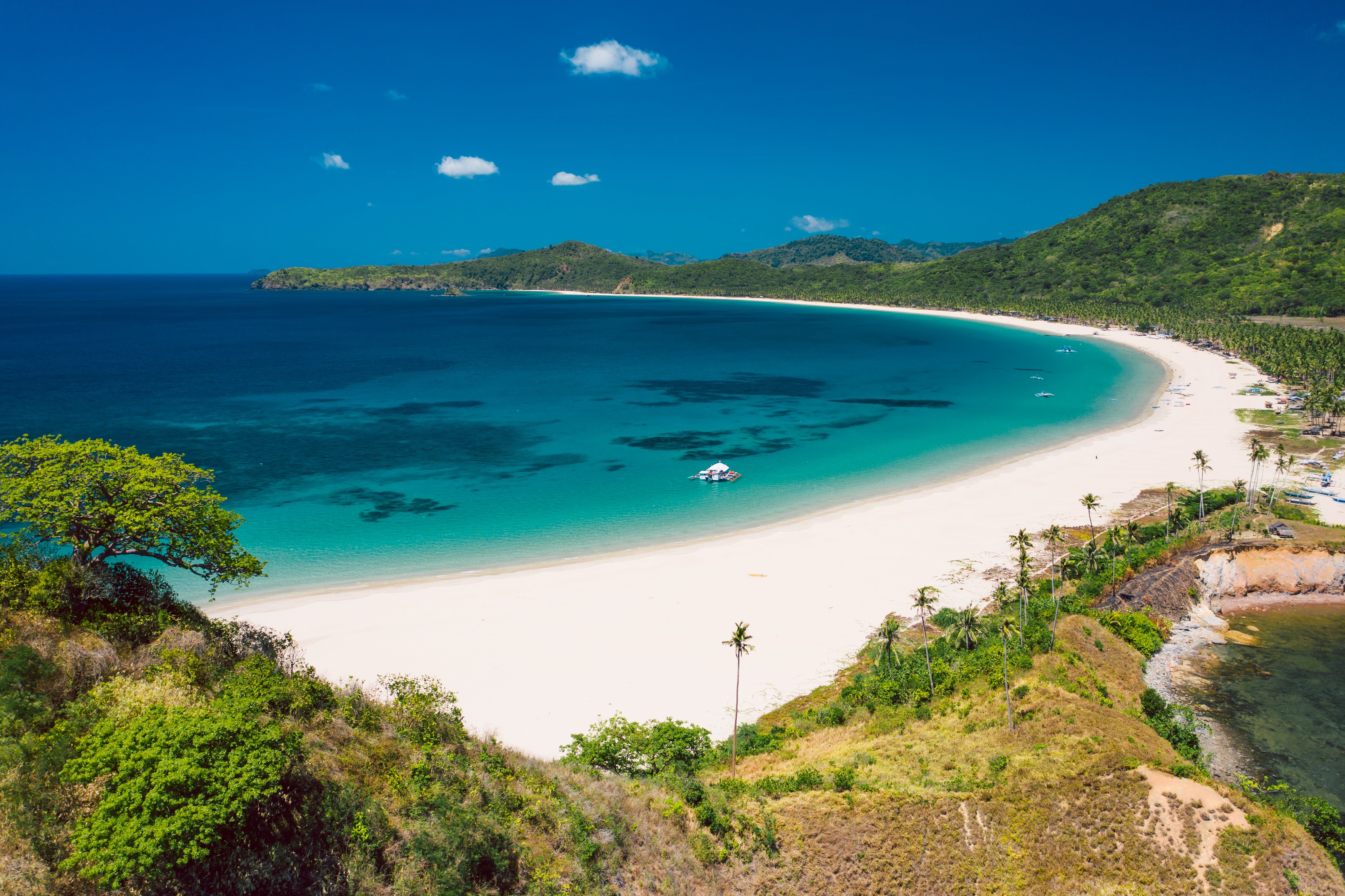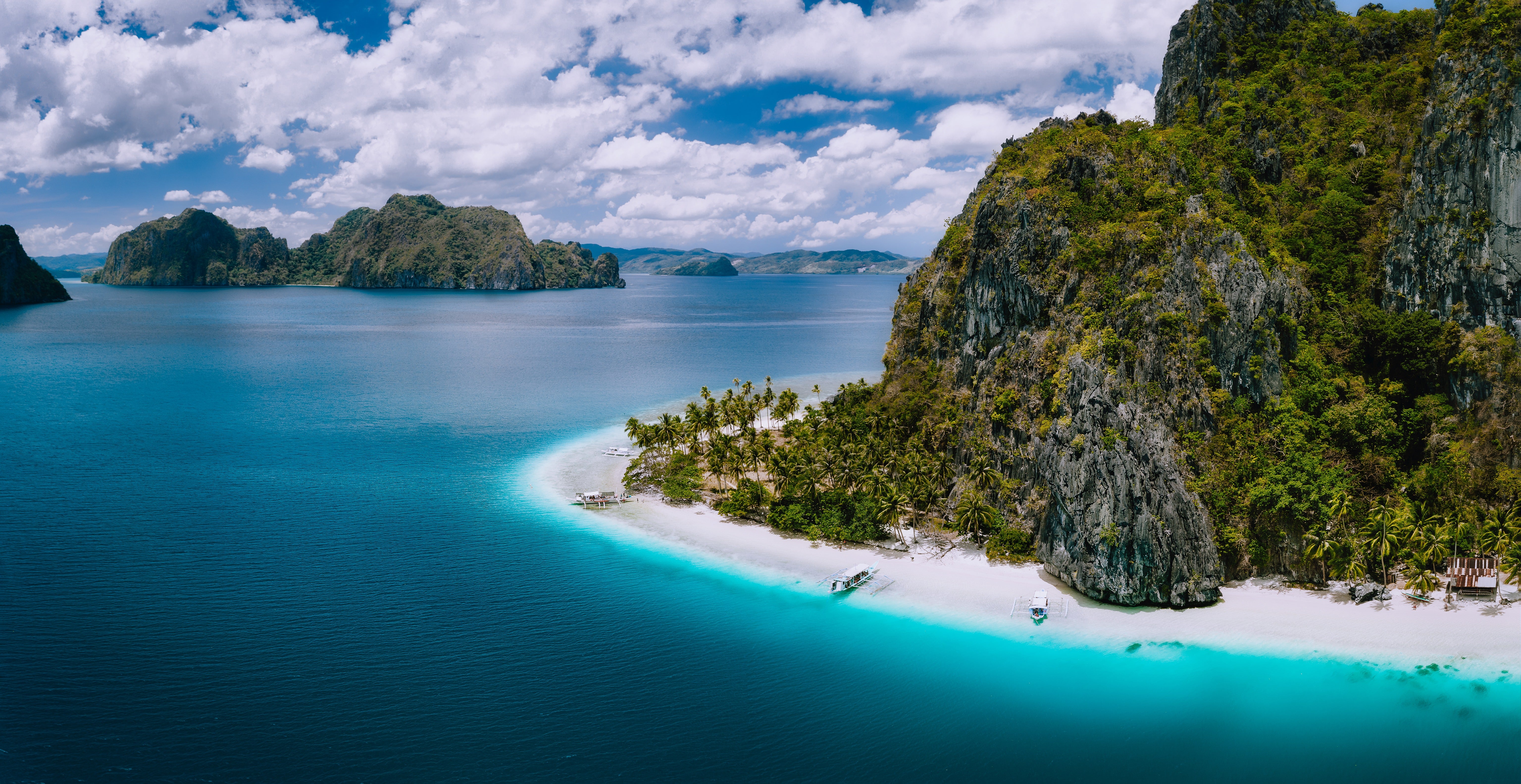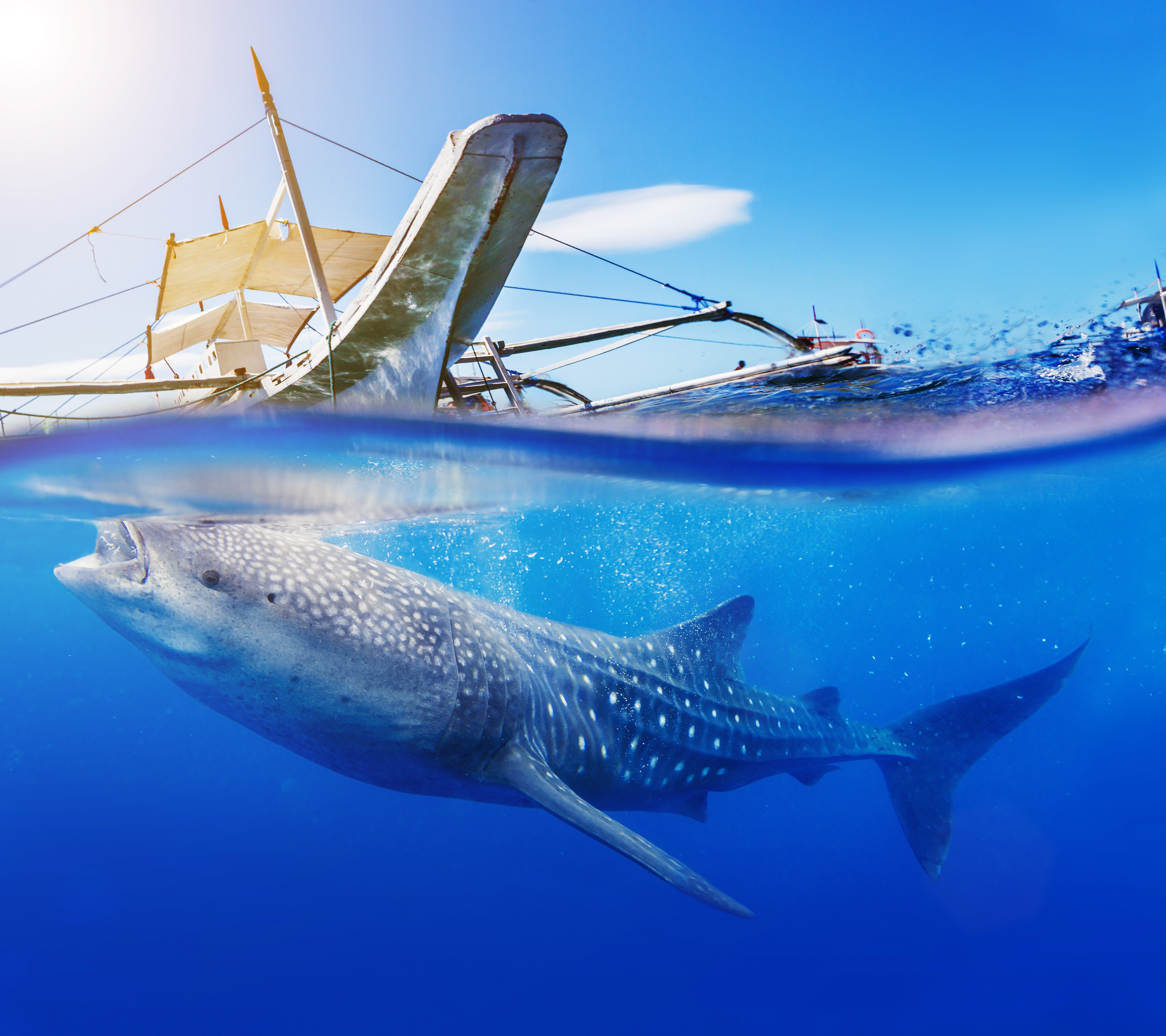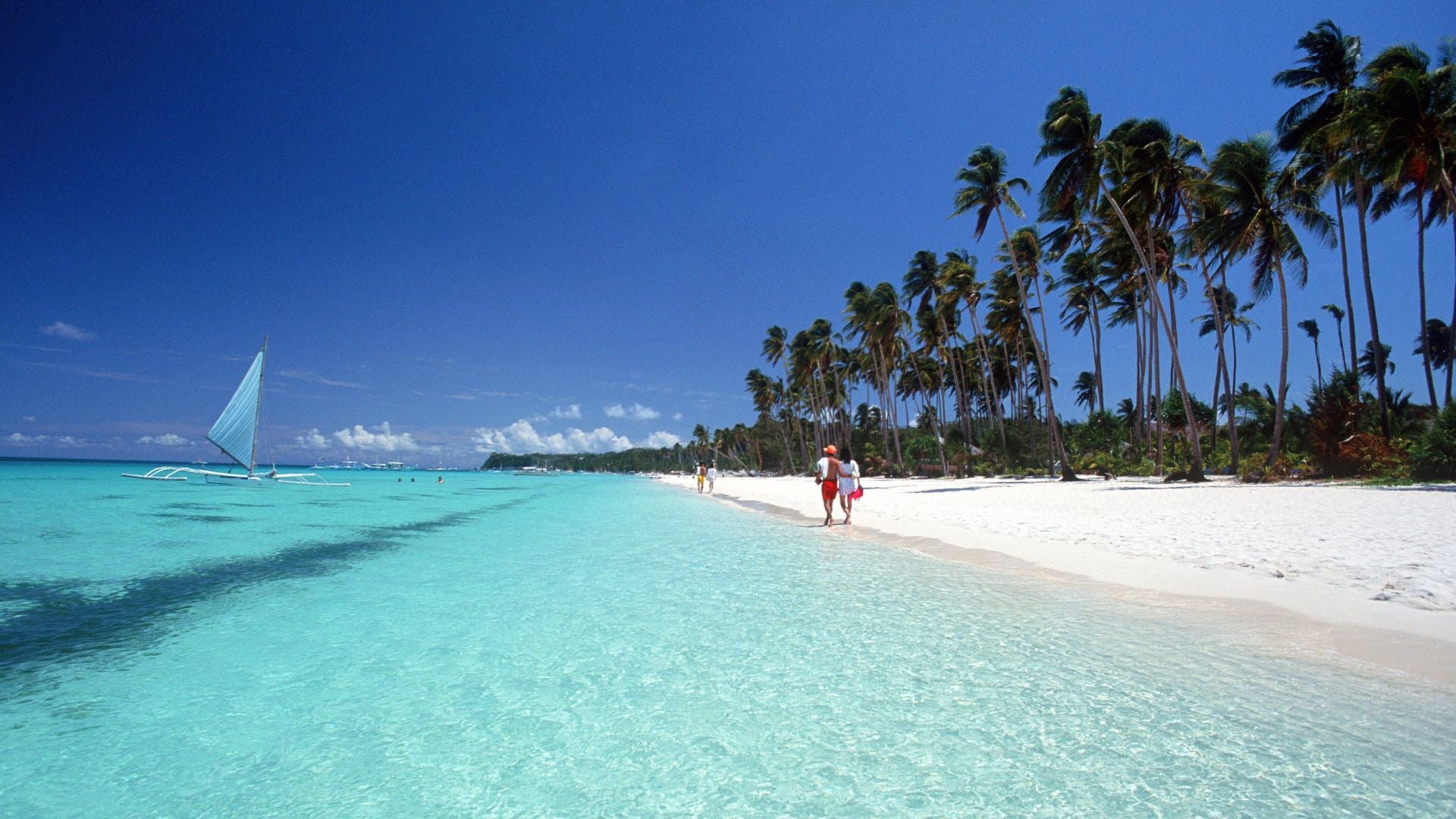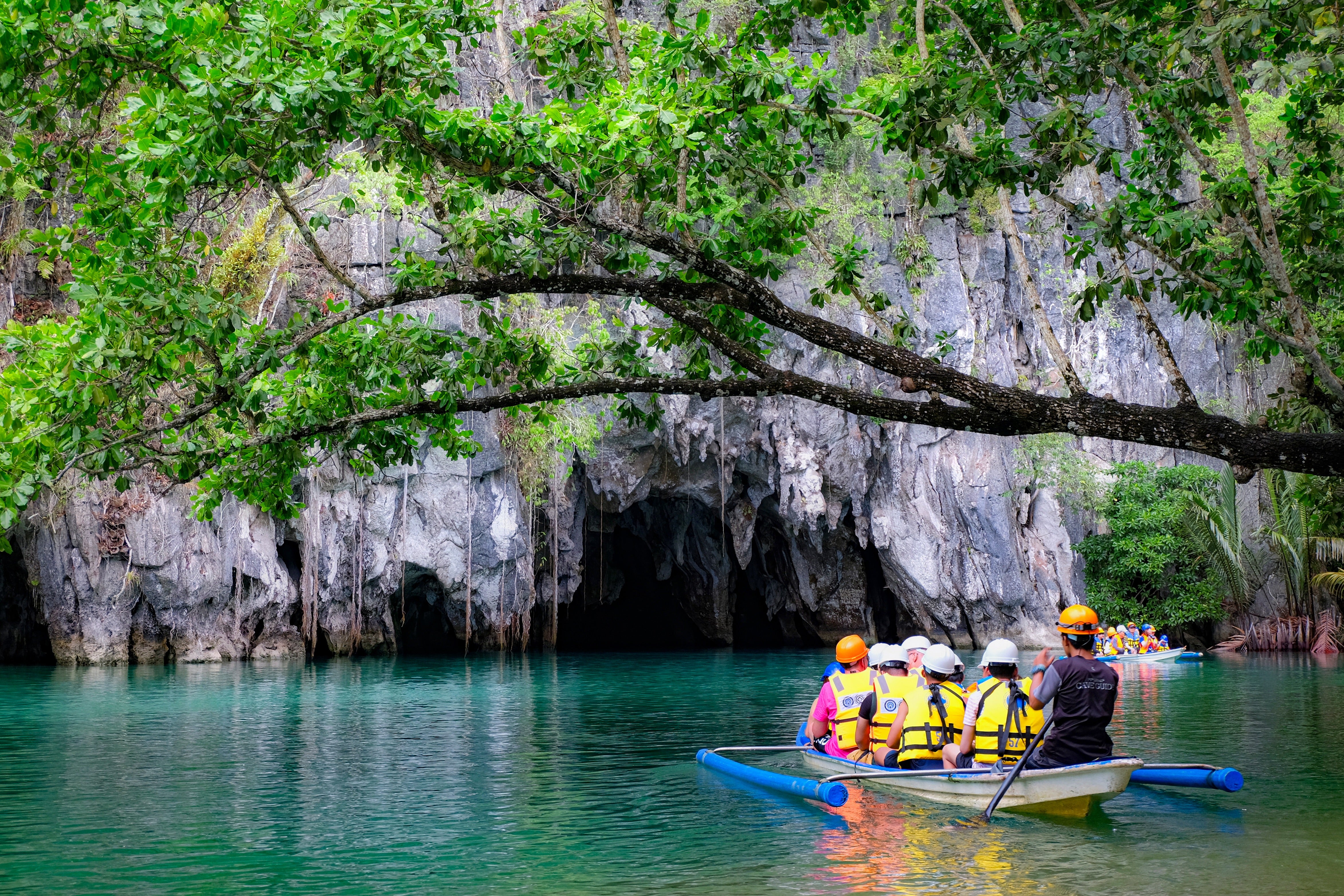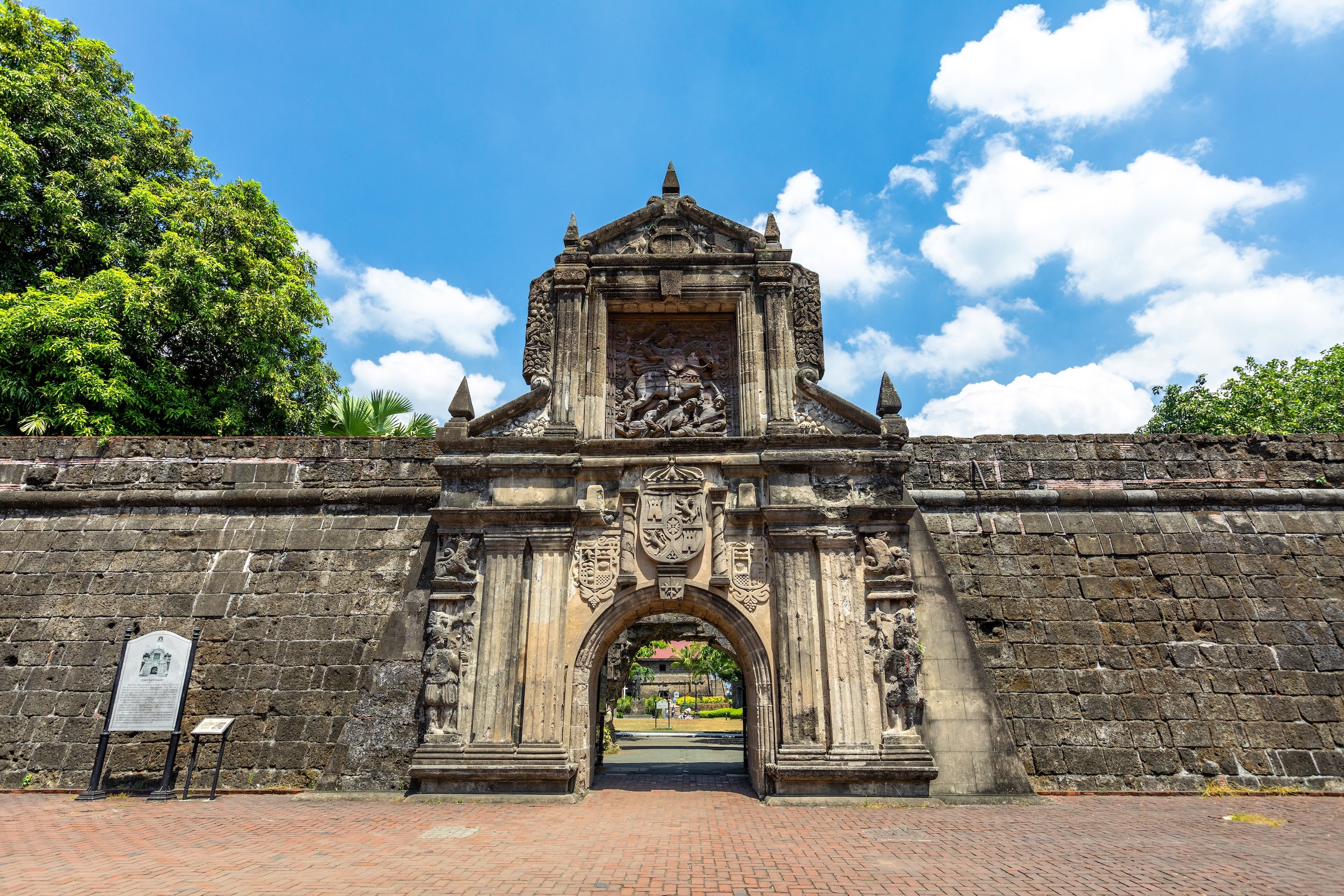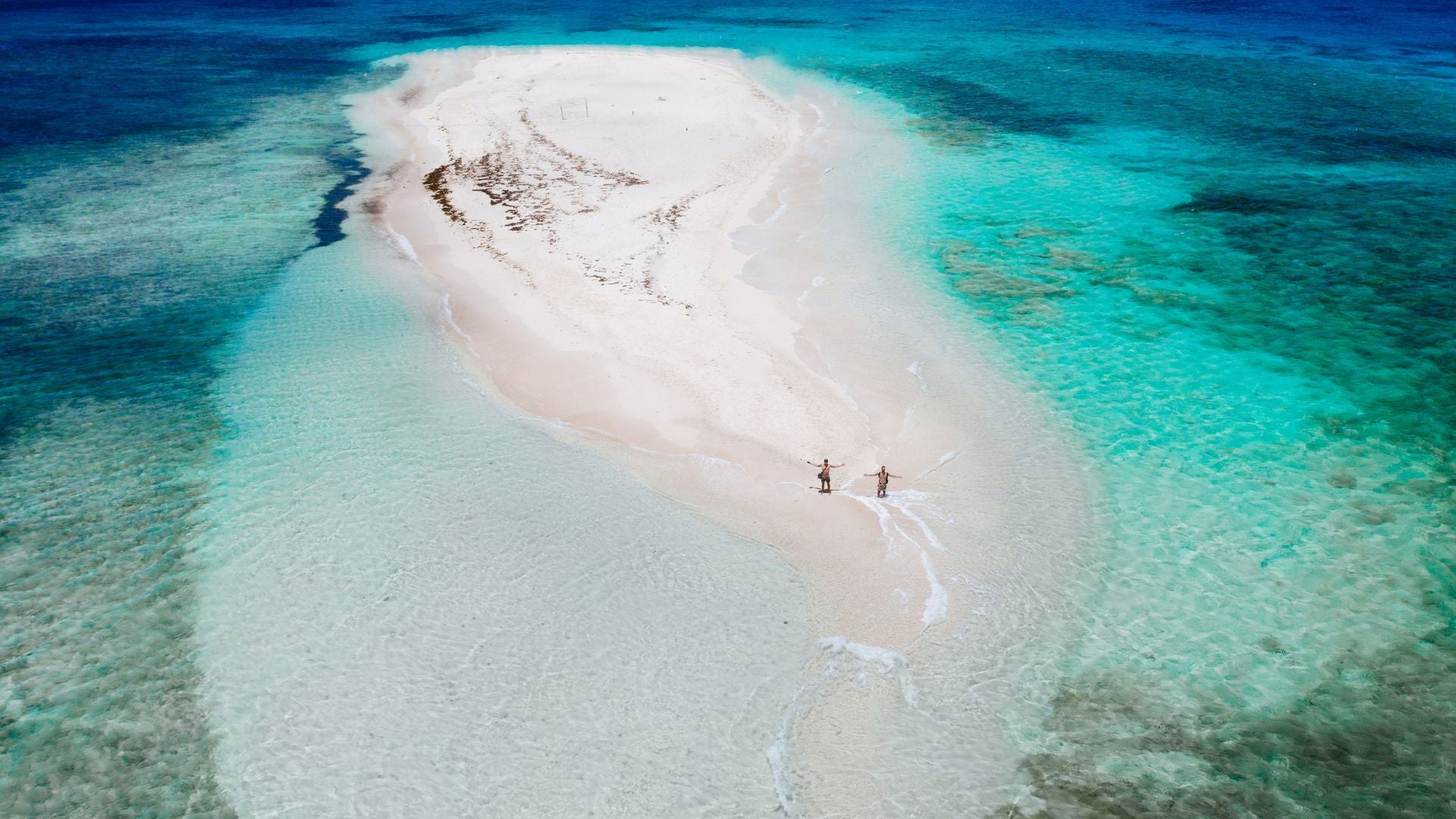Car Rentals Philippines - Self-Drive
Renting a self-drive car in the Philippines will give you the freedom to explore the country at your own pace. It also allows you to discover new destinations and tourist spots not included in regular tours. Commuting is common in the Philippines, but driving a car will save you cost, time, and energy. You don't need to transfer from one vehicle to another like boarding public buses, taxi/cabs, jeepneys, and tricycles to go to your destination. Locals who have cars also prefer self-drive when traveling in and outside the city for convenience and comfort.
The Philippines is divided into three major islands (Luzon, Visayas, and Mindanao). We recommend renting a car in the location where you’re traveling to. If you’re exploring Luzon, you can rent a car in Manila and drive around the neighboring cities and provinces. If you’re exploring the Visayas, rent a car service is available in major cities like Cebu, Iloilo, and Bacolod. Are you traveling around Mindanao? You can rent a car in Davao and explore at your convenience.
Rent a Car in Manila
Metro Manila, the National Capital Region located in Luzon, includes the capital city Manila and other urban centers like Makati, Quezon City, Pasay, and Mandaluyong, to name a few. Driving in Manila is more convenient than riding public transportation. Tourist spots within Metro Manila are geographically located near each other and are easier and faster to reach with a self-drive car.
Since Metro Manila has a significant population and covers multiple cities, the government implements traffic regulations to decongest the traffic. It includes the number coding scheme during weekdays, one-way streets, designated areas for loading and unloading, and assigned lanes for motorcycles and buses. Make sure to familiarize yourself with these traffic rules and regulations before driving in Manila. Read the Frequently Asked Questions (FAQ) section below to learn more about these rules.
The majority of provinces in Luzon are located on one main island and are connected by highways and expressways. Driving in Manila will also give you the freedom to explore tourist spots outside the cities. You can self-drive from Manila to other destinations or provinces in Luzon and explore Tagaytay, Batangas, Pampanga, Baguio, Ilocos Region, and Bicol region to name a few.
Rent a Car in Cebu
Cebu is one of the main jump-off points when driving to destinations around the Visayas. Unlike Luzon, where the majority of cities and provinces are on one main island, Visayas is divided into multiple islands. These islands are connected by national highways and ports where you can board your self-drive cars in Roll-On Roll-Off (RoRo) ferries or vessels. Renting a car and driving in Cebu will let you explore Cebu tourist spots like Mactan, Moalboal, Malapascua, Oslob, Bantayan Island, and other Visayas destinations like Boracay, Bohol, Iloilo, and Bacolod.
Rent a Car in Davao
Davao is the center and main jump-off point in Mindanao. Similar to Luzon, the majority of Mindanao destinations are on one island and are connected by national highways. Renting a car and driving in Davao will let you easily reach destinations in Mindanao like Cagayan De Oro, Zamboanga, and Surigao, to name a few. You can also board your self-drive cars in Roll-On Roll-Off (RoRo) ferries or vessels to explore Mindanao island destinations like Camiguin and Siargao.
Cheapest Car Rentals in the Philippines
Guide to the Philippines is partnered with credible car rental providers that provide the best value and quality car rental services in key destinations like Manila, Cebu, and Davao. Browse and compare our collection of car rental products to find the cheapest car rentals in the Philippines to best suit your needs and preferences. Make sure that you avail of self-drive car rentals from authorized providers only that have regularly maintained and serviced vehicles for safe driving in the Philippines.
Practical Information
The Philippines generally has a tropical climate and is divided into the dry season and wet season. Depending on the month and the place you’ll be visiting, make sure to check weather updates first. Be cautious as this will prevent accidents that might happen while you’re behind the wheel.
If you’re driving during the rainy season, practice extra caution and avoid flooded roads or landslide-prone roads. Keep your tank full and make sure your brakes are in good condition. If the weather update indicates a typhoon, it’s best to avoid traveling and just stay indoors.
Regardless of the season, you must be a responsible driver. Do a pre-trip inspection of your car, take photos of it once you receive it, and check the weather conditions before hitting the road. Knowing the rules and regulations (will be discussed in detail below in the FAQ section), as well as making the necessary precautions will help you in having a great time in the Philippines.


